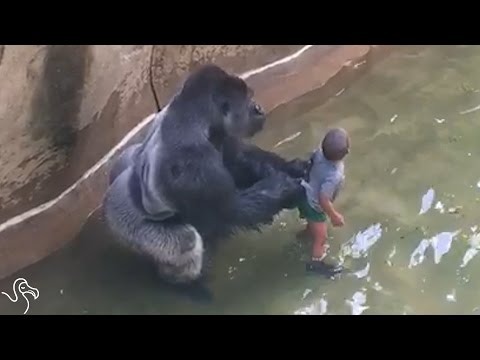The world stood still in 2016 when news broke about Harambe, a 17-year-old gorilla at the Cincinnati Zoo, who was tragically killed after a young child fell into his enclosure. What followed was not just public mourning, but an outpouring of questions, emotions, and reflection on our relationship with wildlife.
Video footage of Harambe’s final moments was shared widely—and interpreted differently by many. Some animal behavior experts saw signs of protective instinct in Harambe’s behavior, noting that gorillas, especially silverbacks, often show care and gentleness toward their young. Others, however, pointed to his massive size and unpredictable strength, believing the zoo’s decision to use lethal force was made to prevent what could have been a devastating tragedy.
Harambe’s death became a global flashpoint. It forced us to examine how we treat animals in captivity and what responsibilities we bear when we bring wild creatures into human spaces. For some, it reignited the debate about whether animals like gorillas should be kept in zoos at all. Critics called for more humane and natural enclosures—or an end to captivity altogether. Zoo advocates countered that institutions like Cincinnati’s play a vital role in protecting endangered species and educating the public about conservation.
The tragedy also sparked a wave of change within the zoo community. Facilities across the world began reassessing their safety barriers, emergency response protocols, and visitor education programs. Many made meaningful adjustments to better protect both animals and people.

In the end, Harambe became more than just a gorilla—he became a symbol. A reminder of how thin the line can be between human safety and animal rights. His story continues to prompt discussions about compassion, responsibility, and how we can better coexist with the majestic creatures who share our planet.
Harambe’s memory lives on—not just in headlines or hashtags, but in the real work being done to create a safer, more respectful world for wildlife.




